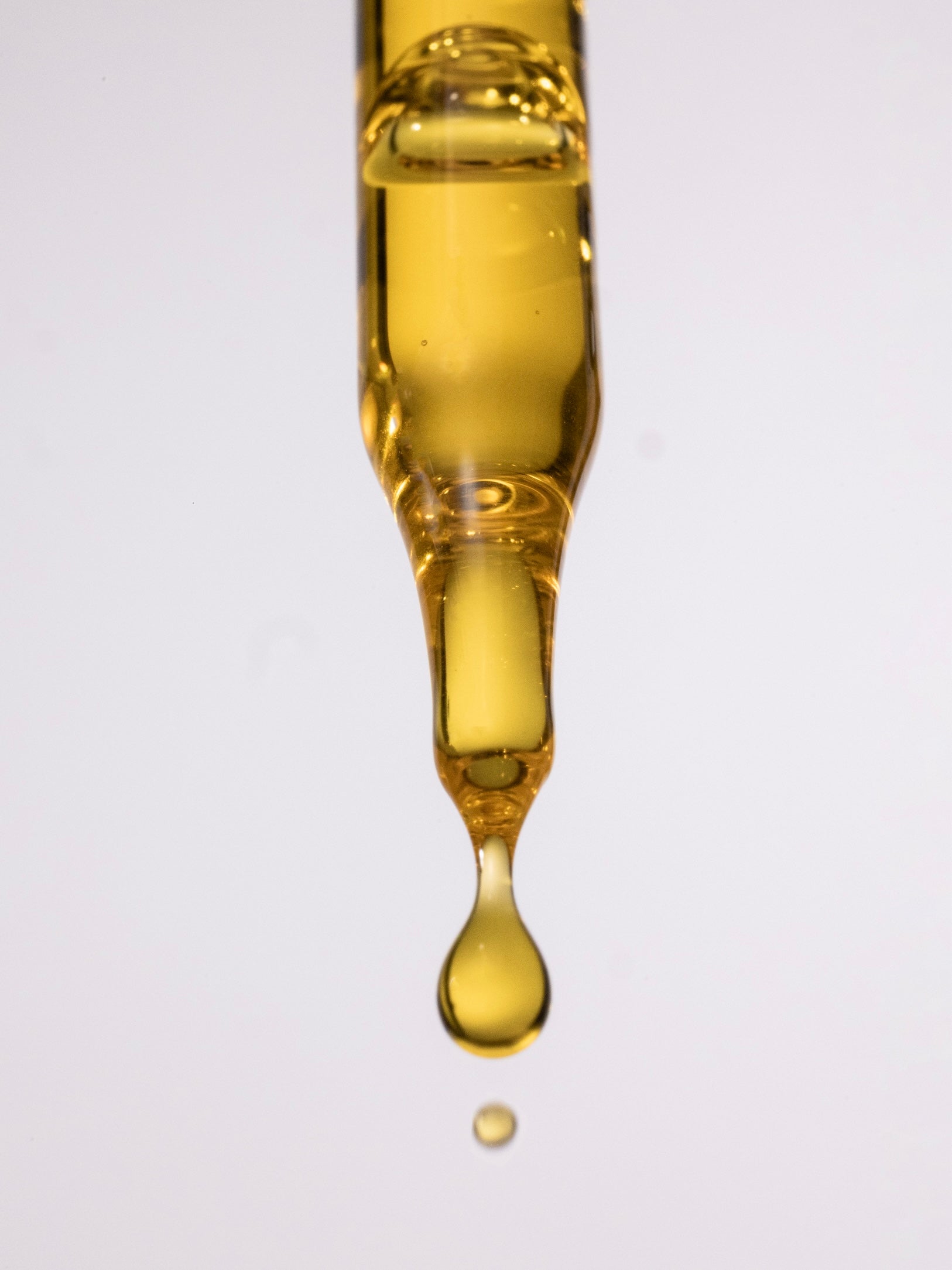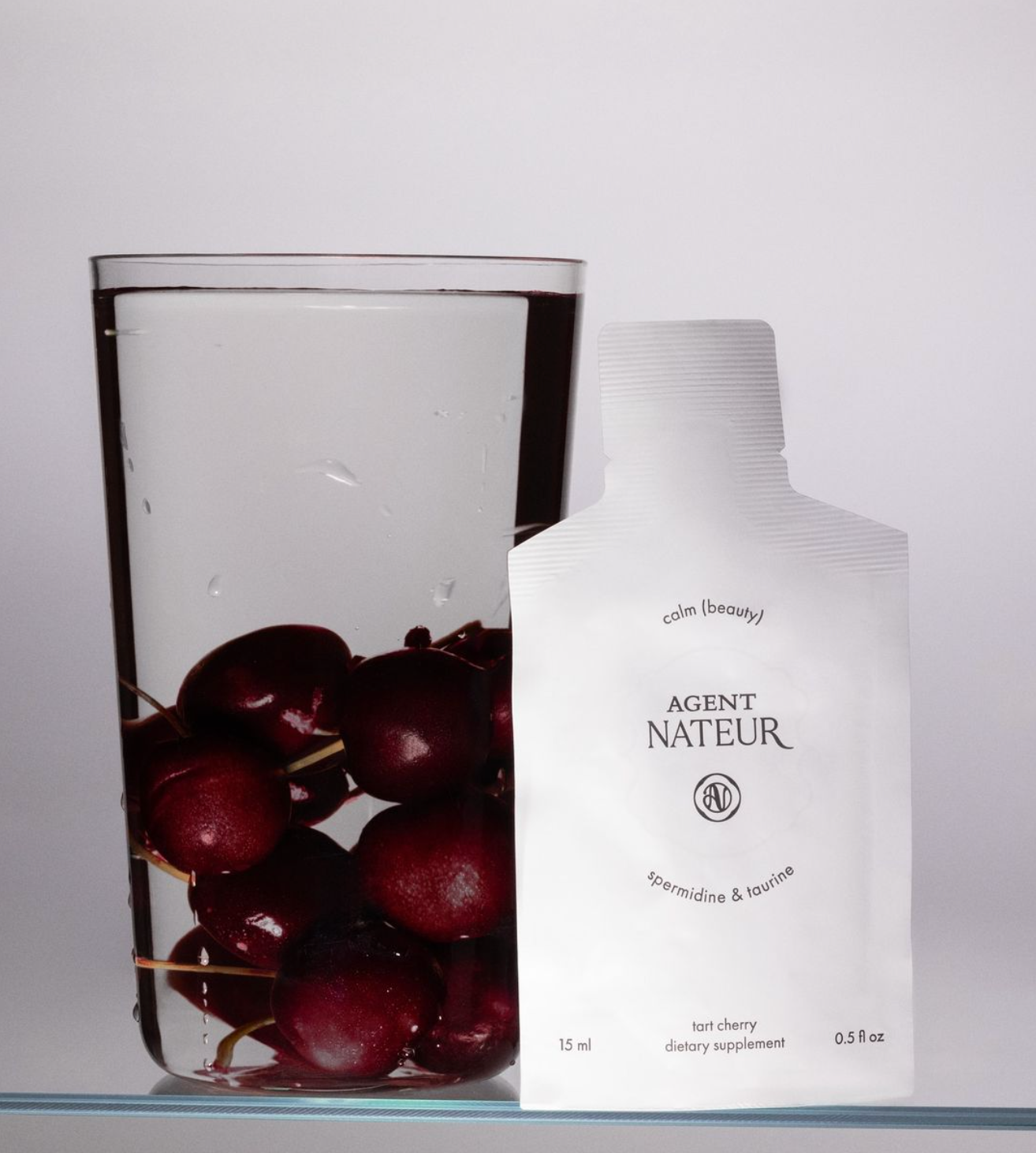Integrative Breast Cancer Treatment With Dr. Leigh Erin Connealy, M.D

October is Breast Cancer Awareness Month, which is a critical health campaign since breast cancer has increased dramatically over the years. It is said that the gene loads the gun and the environment pulls the trigger.
The good news is you can have more control over it than you would think, even if you have a family history of the disease. It's about understanding the root cause and working with doctors that have an integrative approach to wellness and understand the body as a whole entity.
To learn more about this topic, we spoke to Dr. Leigh Erin Connealy, M.D., a prominent leader in integrative and functional medicine, which takes the best of all sciences, including conventional, homeopathic, eastern medicine, and new modern medicine. Some of Dr. Connealy's accolades include being named one of the top functional integrative doctors in the country in 2017 and her well-received books, which include The Cancer Revolution and Be Perfectly Healthy.
Here, Dr. Connealy shares the best tools for early breast cancer detection, the most cutting-edge treatments offered in integrative care that traditional cancer treatments miss out on, and she explains the role our environment plays on the health of our cells.
At what age do you recommend women should start screening for breast cancer?
Recommended screening usually starts at age 40.
Can you explain the difference between an ultrasound, mammogram, and thermology when it comes to breast cancer detection? What is the healthiest way we can look after our breasts, knowing that radiation can be damaging?
Ultrasounds are wand-like devices that move over your skin to make images of your breasts. The transducer sends out sound waves that bounce off your breast tissue.
Upside:
-Shows lumps, bumps, and cysts.
Downsides:
-Does not detect micro-calcifications unless really large.
Mammograms are x-ray images.
Upside:
-Detects small calcifications.
Downside:
-Gives off ionizing radiation.
-Can produce false negatives.
-Can produce false positives.
-Over-diagnosis and over-treatment (ductal carcinoma in situ).
Thermography is a process where a thermal camera captures imagery using infrared energy.
Upside:
-Shows vascularity (blood supply). Cancer is often vascular.
Downside:
-Doesn't show a clear picture of lump, bump, cyst, or calcification.
Breast thermography is one of the safest screening tools for tumor growth since there is no radiation and it is non-invasive. It is also safe for women with dense breast tissue, implants, fibrocystic changes, nursing moms, and women under 40. The temperature of cancerous tissues is often slightly higher than neighboring tissues. When tumors start to form, they need the formation of new blood vessels, a process called angiogenesis. This process often increases the surface temperature that is detectable with a special camera. Thermography may be the earliest detectable screening for tumor formation. Some research shows that if a thermogram is abnormal, the risk of breast cancer is 10 times higher than a family history of the disease. Therefore, thermography may be especially important for early detection.
What is the link between low vitamin D and breast cancer? Also, besides lack of sun, what are the root causes of low vitamin D?
Humans need sunlight for their cells to work. When we avoid nature, we are actually increasing our risk of some types of cancers. Our environment works with our bodies to provide optimal health. Breast cancer has a strong association with low levels of vitamin D and lack of sunlight. Some studies show breast and colorectal cancer incidence rates are highest in countries distant from the equator and lowest in near-equatorial countries. Why might that be? Because vitamin D plays a huge supporting role in the immune system.
Benefits of vitamin D:
-Protects against getting 17 different types of cancer.
-Has been shown to stop cancer cell growth.
-Linked to inhibiting tumor blood vessel growth.
-Directly involved in killing cancer cells.
The American diet is notoriously low in vitamin D and most Americans spend the majority of their time inside. Vitamin D is a potent inhibitor of aromatase (the enzyme converting testosterone into estrogen), so they will directly lower the synthesis of new estrogen.
It is well known that breast cancer is associated with estrogen dominance. Is this always the case, and in what circumstances is it not?
Estrogen dominance is when an individual has deficient, normal, or excessive estrogen but little or no progesterone. To be clear, brief periods of estrogen dominance are normal. The problem is when estrogen dominance is sustained. Estrogen is crucial for day-to-day functioning. It regulates menstruation, hunger, satiety, insulin sensitivity, helps you metabolize cholesterol, contributes to bone density, and much more.
However, sustained monthly estrogen dominance leads to a wide variety of medical problems stemming from unopposed estrogen side effects. When progesterone is low in relation to estrogen, then your ratio goes lower. About 80% of all breast cancers are “ER-positive.” That is a massive number of breast cancers related to the hormone estrogen. So it’s no wonder women are often concerned about their estrogen levels.
What role does the health of our liver have in estrogen dominance?
Reduced liver function may contribute to estrogen dominance due to its function in helping the body get rid of estrogen. The liver inactivates estrogen during phase 1 and phase 2 of the detoxification cycle. If the liver is too busy struggling with burdens like overconsumption of alcohol, a deficiency of B vitamins, or trying to detoxify drugs and other pollutants, it may not be able to break down estrogen through either one of the phases. This may prevent the excretion of estrogen via bile, urine, or the bowel and ultimately may cause excess estrogen.
What is the link between synthetic hormone replacement and the risks of breast cancer development?
Synthetic HRT means that the molecule is similar, but not identical to the natural hormone they replace. The standard medical treatment until 2003 was synthetic hormone replacement therapy (HRT) with horse estrogen and artificial progestins. The Breast Cancer Detection Demonstration Project performed studies that showed that women who were on Premarin (synthetic HRT) had a rate of endometrial cancer that was five times higher than that of non-users. These findings rightfully led to HRT’s negative reputation. Progestins have also been found to cause issues in some women, including liver malignancy, asthma, and pulmonary aggravation.
You have mentioned that it takes one cancer cell about 10 years to turn into a tumor. If our terrain makes up the environment that lets these cancer cells grow, what are the top terrain imbalances you see in someone who develops breast cancer?
-Nutritional deficiencies (without enough protein and B vitamins, the liver can’t process estrogen)
-Xenoestrogens in the environment (compounds that can mimic estrogen)
-Stress and radiation both have estrogenic effects
-Obesity (fat cells create their own estrogen)
-Poor thyroid function
-Removal of ovaries
-Insufficient iodine
-Certain medications
-Estrogen-only therapy
-Low vitamin D
-Elevated blood estrogen
-Inflammation
-The natural aging process
-Genetics
We know that emotions and stress play a huge role in our health. What are the top stress interventions you give to your patients?
Make peace with your past, read philosophy, meditate, EVOX biofeedback therapy, daily affirmations, Wim Hof breathing, Solfeggio frequencies, spend time in nature, eat nutrient dense foods, and daily sunlight exposure.
As an integrative cancer doctor, how do your breast cancer treatments differ from conventional treatments?
Integrative oncology incorporates chemotherapy, surgery, and radiation when needed but goes above and beyond. Why? Cancer doesn’t only affect the breasts, or the ovaries, or the colon, for instance,but the entire body, always and without exception. My book The Cancer Revolution digs deeper into the cutting-edge treatments that have transformed patients’ lives. Below are some examples.
-Hyperthermia: Induce artificial fever to kill and maim the cancer cells.
-Cryotherapy: Extreme cold produced by liquid nitrogen or argon gas to destroy cancer cells and abnormal tissue.
-Emotional work: Overcoming stressors in our lives.
-Bioidentical hormones: Bioidentical steroid hormones are identical in organic structure and function to human hormones used to balance hormones, and therefore treat cancers. Not all hormonal messages are the same. For example, progesterone has anti-cancer effects and estrogen is responsible for cell proliferation.
-Nutritional guidance: Using food to optimize the body.
-Targeted supplements: Supplements that target specific pathways in the growth of cancer cells may improve tumor response to treatment and survival rates.





